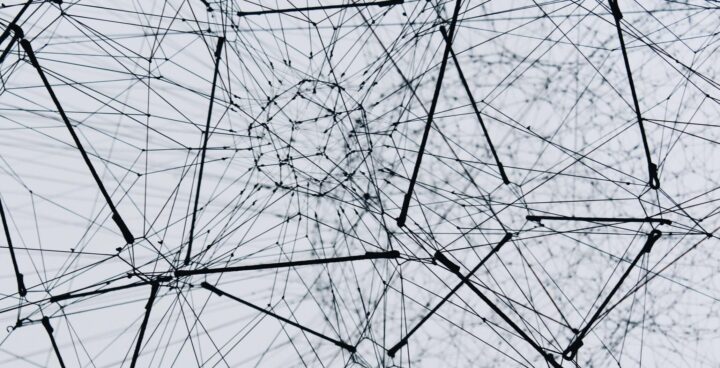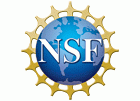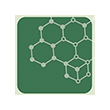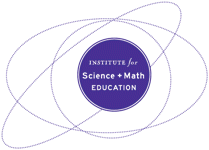Organizing for educational transformation using Actor-Network Theory

- Groups engaged in changemaking projects can analyze the actor-network over time and craft and enact implementation strategies in response that support the emergence of equity-centered, aligned dynamics and relations.
- Teachers, District Staff, and Educational Leaders should creatively engage in changemaking efforts in ongoing ways to promote alignment between actors. Given their status in the institution, they should be aware that their role might involve supporting insurgent efforts to disrupt inequitable systems and practices.
What is the Issue?
Promoting educational transformation in an underresourced, decentralized, and complex system is difficult—and yet remains the long-term need. To make systemic progress on problems and opportunities of equitable practice, it is useful to support dynamic associations across systems by coordinating flows of discourses, materials, and activities. Groups engaged in changemaking projects can use Actor-Network analysis to shape how people, groups, policies, and resources can be organized into more productive, aligned networks— so expertise and resources are creatively mobilized to promote equity.
Authors:
BY PHILIP BELL, ROBBIN RIEDY, BILL PENUEL & TIFFANY NEILL | NOVEMBER 2021
Reflection Question
Most organizational change theories focus on people changing behaviors. ANT focuses on how human and non-human assemblies associate and shape network dynamics and outcomes. What non-human actors express agency or interests in a system you are familiar with (e.g., standardized tests demand comparisons)?
Things To Consider
- Actor-Network Theory (ANT) was developed to understand how various actors in a system form assemblages to help produce a set of effects (e.g., conducting a successful science investigation). In ANT, both humans and non-humans have interests that can be managed or used. That is, “things have agency” (Latour, 2005) and can compel people to react to their explicit or latent properties. ANT focuses us on understanding “the interests of a variety of actors, and translating (both in place and in form) those interests so that actors work together or in agreement.”
- The ANT perspective is useful for understanding: (a) how disparate networks of actors related to an initiative produce specific effects, and (b) how the actors can be realigned to produce more desirable effects. Actors may be individuals or groups, or they may be non-human entities like policies, planning documents, frameworks, established routines, digital resources, and physical materials. All of these elements work as an assembly to shape activities in ways that produce documented effects. People assemble networks to promote or disrupt specific associations.
Attending to Equity
System coherence is key for promoting educational equity. It can focus on horizontal coherence (of curriculum, instruction, assessment and professional learning), vertical coherence (across levels of the educational system), or developmental coherence (across grades).
Power dynamics play out within transformation efforts that need to be systematically attended to in ongoing ways.
- Whose interests are being served by the selected initiative and aims? Who gets to define the desired equity effects of the initiative? How can decision-making process around an initiative happen in a group in an equitable manner?
- Are any actors contributing invisible labor to the effort in an inequitable way? Does the improvement work put any actors at professional risk without their consent? Who is most at risk if the improvement effort fails or goes awry? Who is in the room who might be at risk for sharing honestly about unaligned actors? This work requires developing politicized trust.
Recommended Actions You Can Take
See this detailed protocol for step-by-step guidance and examples.
To promote educational transformation:
- Identify an initiative that promotes equity and justice in the education system where you have potential influence through the crafting of an implementation network (e.g., developing partnerships between educators adapting district curriculum and justice-centered organizations, building network capacity to enact cultural pedagogies.
- Map the current landscape of actors involved in activities and dynamics related to the initiative. In terms of producing desired effects in the changemaking project, who are the Key Allies, Potential Allies, or Unaligned Actors (e.g., dissenters) in this work? List people and things.
- Based on that analysis, specify a concrete aim or two for the initiative that can be seen as desired transformations of the current situation.
- Detail the problem / opportunity space tied to working towards those aims. What are associated challenges, possibilities, and complexities?
- Name new resources (human & non-human actors) and new relationships ( between actors) you can bring into the network to engage the problems, opportunities, and complexities.
- Develop detailed action plans for having actors craft coherence by interpreting, negotiating, & selectively appropriating approaches. They may need to: close structural holes in the network, shift resources, change how decisions are made, develop potential allies into key allies, disrupt networks causing inequities, or attend to unaligned actors.
Supplemental Materials:
ALSO SEE STEM TEACHING TOOLS
STEM Teaching Tools content copyright 2014-22 UW Institute for Science + Math Education. All rights reserved.
This site is primarily funded by the National Science Foundation (NSF) through Award #1920249 (previously through Awards #1238253 and #1854059). Opinions expressed are not those of any funding agency.
Work is licensed under a Creative Commons Attribution-ShareAlike 4.0 Unported License. Others may adapt with attribution. Funded by the National Science Foundation (NSF). Opinions expressed are not those of any funding agency.


 Email Feedback
Email Feedback


